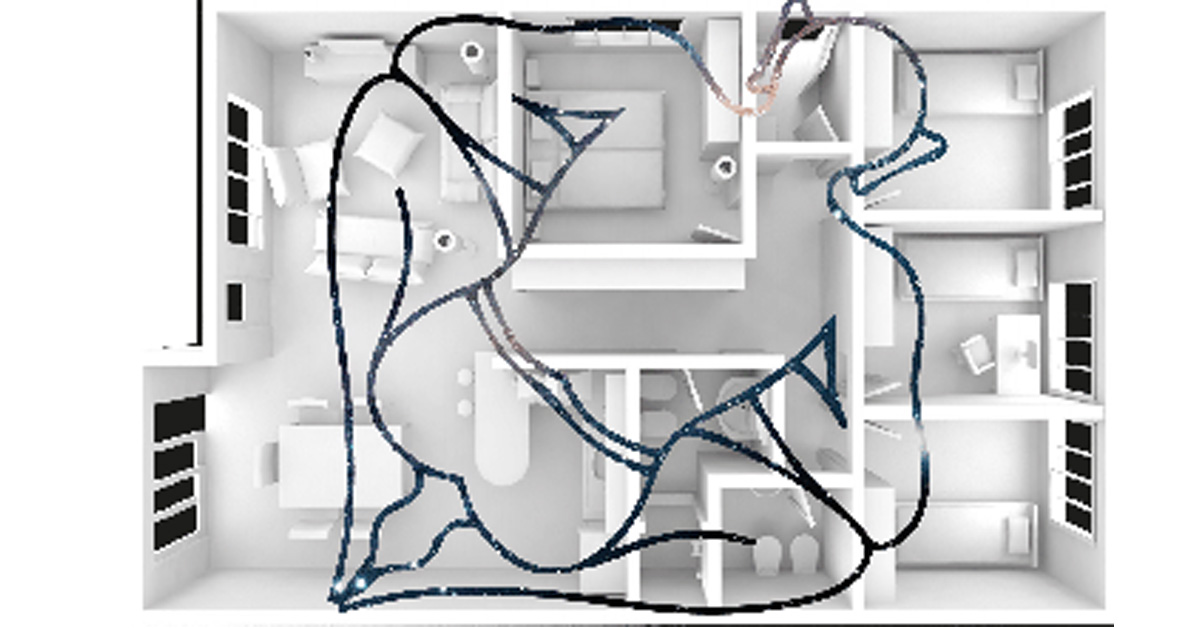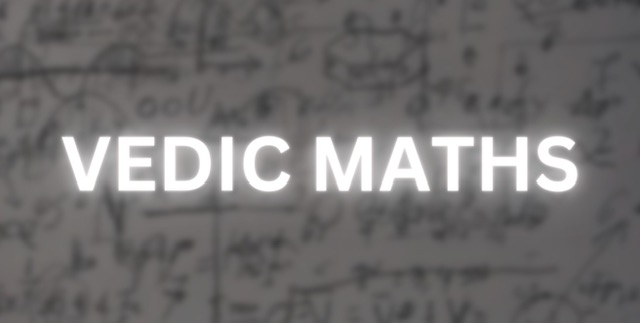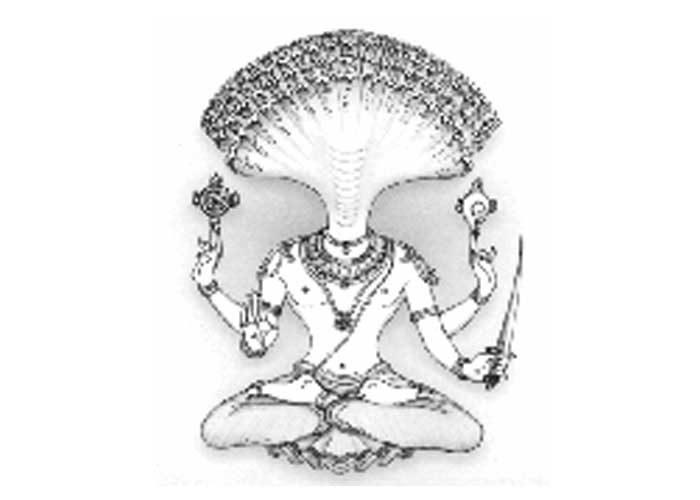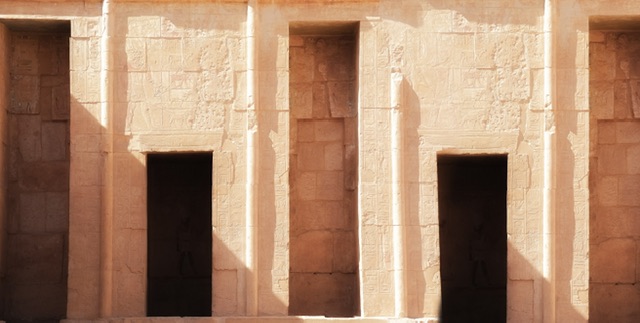Everything in Creation, including a building, is governed by certain energies called devas, these comprise a vital element of MahaVastu. Man makes structures and buildings to perform certain functions in an enclosed space. As soon as space is enclosed, it starts behaving as a scaled down model of the Universe. Different energy-fields emerge automatically. These energy-fields interact with human consciousness and alter, blend and redirect it as per their own attributes.
Science of Vastu goes beyond architecture to encompass the various elements and frequencies that constitute and govern our being. Sadly, like many of our traditions and culture, this science was side lined for want of patronage. Non-application of laws of vastu in modern buildings is a significant factor in growing discontent and disharmony in homes and offices. While ‘Law of Karma’ runs supreme in determining the adversities and positivity in one’s life, adherence to principles of space, direction and energy as detailed in Vastu can have the effect of aggravating or reducing the effects of both.
An important aspect of Vastu is the Vastu Purush. Building a house in ancient India was a sacred ceremony and the house was considered a living organism. The spirit of the house was called the Vastu Purusha and the different directions were assigned to different Gods. Vastu Purush is present in each and every plot whether it is big or small. He has a fixed and peculiar body. His head remains hanging down and his body is spread all over the length and breadth of the ground. The Vastu Purush lies with his back up, as if to carry the burden of the dwelling on his back. One should not start digging in the direction where Vastu Purush’s head lies in that particular month. Also, pillars should not be raised on the sensitive points of Vastu Purush, which are, the inlets and outlets as well as the folds of arms and legs. The former is said to suffocate Vastu Purush, and latter is said compromise base and adequate support for the building.
There is an interesting story in the Matsya Purana in which the birth of Vastu Purush is narrated. Long ago Lord Shiv fought against the demon named Andhaka and killed him. While fighting with demon, Lord Shiv began to sweat profusely. A man was born of the drops of Lord’s sweat. He looked very cruel and was very hungry. So he began to make penance to appease Lord Shiv. As Lord Shiv appeared before him, he asked the Lord for permission to eat away all the three worlds. Lord Shiv replied, “tathastu, (so be it).” The devotee’s joy knew no bounds. He set out to consume the Prithvilok first. All the devas and rakshasas caught hold of him and encircled him to prevent the destruction. Vastu Purusha, being arrested like this, said, “Oh, Celestial Beings! You have all caught hold of me and tied me on all the sides. How long shall I be like this, in this position hanging my head down like a prisoner? What shall I eat?” Devas replied, “Today is Bhadrapada Shukla Tritiya Shanivar and ‘Visakha Star’; so you lie down here on the ground changing your position once in three months. Whatever side you may turn, you will have to lie down on the left side only. You will be known as ‘VASTU PURUSHA’. You will tease people who construct buildings and temples, dig wells and tanks on the side towards which you see and in the direction towards which you hold your feet. You may trouble and even devour those people who construct the aforesaid buildings and temples. In the direction where you lay your head and back and those who lay foundation-stone without worshiping you or without satisfying you with “Homa” you can trouble them too.” Then, the Vastu-Purusha was satisfied. Since then, as per tradition, before beginning construction of building, Vastu-Purusha is worshipped.





